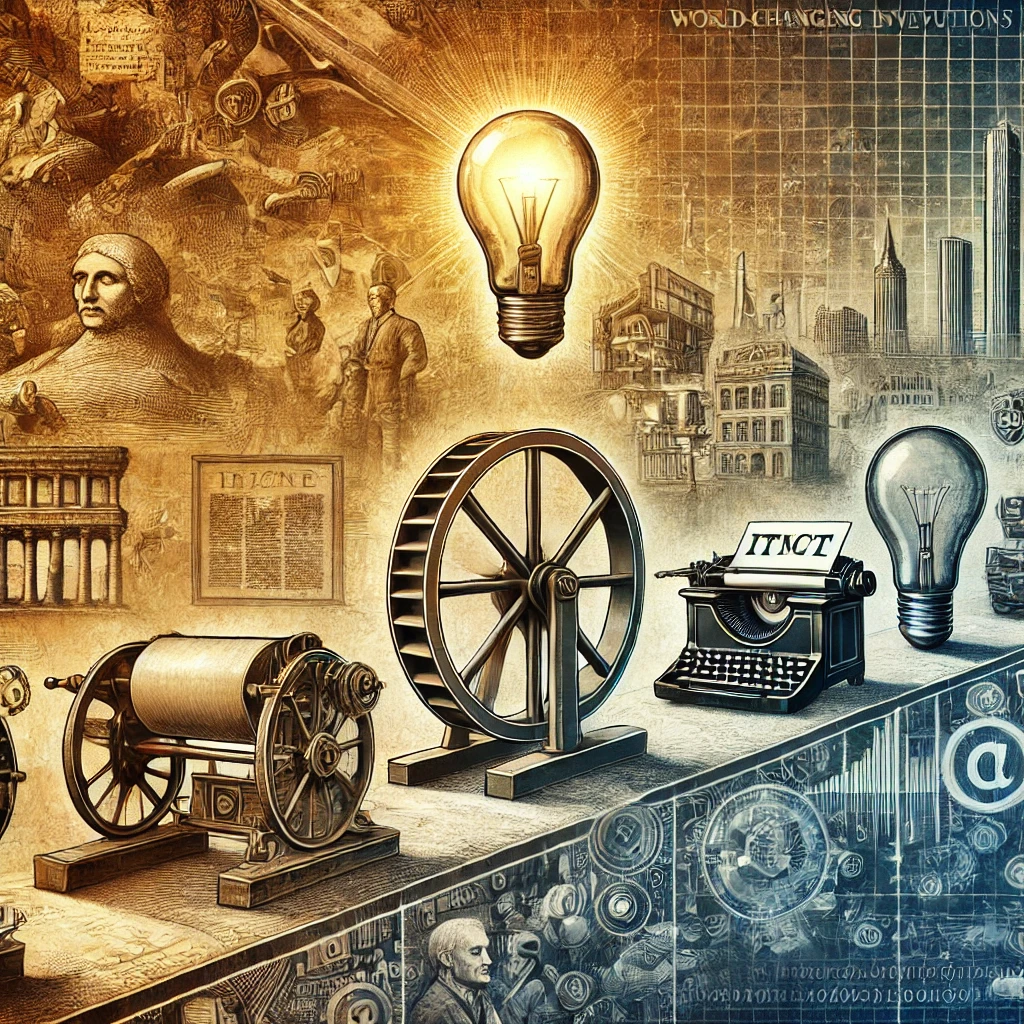
The creativeness of the light bulb stands as one of ultimate significant milestones cruel history, transforming the way we illuminate our experience and transforming the course of technology, manufacturing, and society. From its humble origins as a simple filament wrapped in a glass bulb to allure widespread acceptance as a symbol of progress and innovation, the light corm has left an indelible mark on the structure of human civilization. In this item, we’ll explore the fascinating news of the light bulb and its deep impact on creativeness history.
The story of the light corm begins in the early 19th century, accompanying the pioneering work of inventors such as Humphry Davy, Warren de la Regret, and Joseph Swan. These early inventors experimented with miscellaneous materials and methods in an attempt to forge a practical and adept electric light source. Nevertheless, it was Thomas Edison who is credited accompanying the invention of the first commercially viable glowing light bulb in 1879.
Edison’s light bulb secondhand a carbon filament protect in a vacuum-secured glass bulb, that allowed the filament to glow glitteringly without burning out. This progress in filament technology created electric ignition practical and affordable for the average services, paving the way for the extensive adoption of electric illumination in homes, businesses, and public scopes.
The introduction of the incandescent light corm had a profound affect society and daily history. Prior to the widespread ratification of electric lighting, shelters and businesses relied primarily on smoke lamps, candles, and oil lamps for illumination, that were expensive, wasteful, and often produced bad odors and smoke. The light bulb presented a cleaner, safer, and more trustworthy alternative, improving the quality of growth for millions of people about the world.
The ratification of electric lighting more had far-reaching implications for manufacturing and commerce. Factories, warehouses, and additional industrial facilities were intelligent to operate longer hours and increase result output on account of the availability of artificial illumination. Street lighting fashioned cities safer and more colorful, leading to increased urbanization and financial growth. The light corm also enabled new forms of pleasure and leisure, such as stage, cinema, and nightlife, which depended electric lighting for light.
Over the decades that followed Edison’s invention, the light corm continued to develop and improve, with progresses in filament technology, bottle manufacturing, and electrical planning leading to more efficient, more protracted-lasting bulbs. The introduction of glowing, halogen, and Influenced lighting technologies further extended the possibilities for energy-adept, environmentally friendly lighting resolutions.
Today, the light bulb debris a ubiquitous fixture in apartments, offices, and public scopes around the world, serve as a symbol of progress, innovation, and human cleverness. While newer lighting sciences may have surpassed the incandescent corm in terms of efficiency and endurance, its heritage as a pioneering invention that transfered the way we illuminate our realm will endure for generations at hand.
In conclusion, the invention of the light corm was a watershed moment cruel history, begin a new era of illumination and novelty. From its humble beginnings as a plain filament encased in a jug bulb to its extensive adoption as a letter of progress and modernity, the light bulb has lighted our world in more ways than individual. As we continue to push the boundaries of science and invention, the light bulb serves as a ideal instance of the power of human creativity to educate the darkness and enliven the future.


